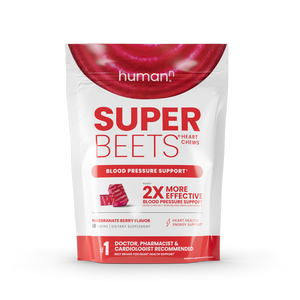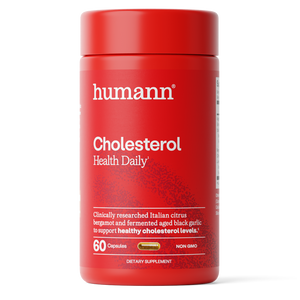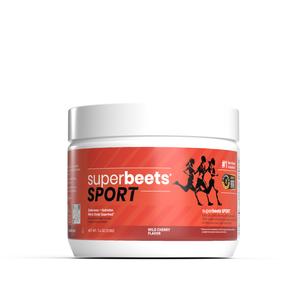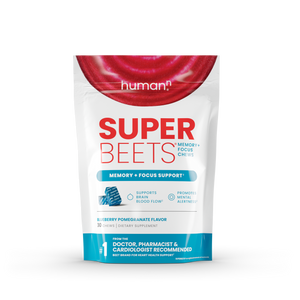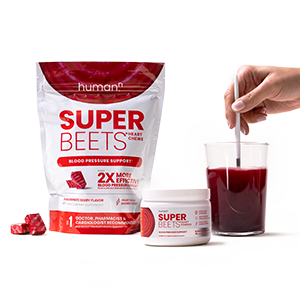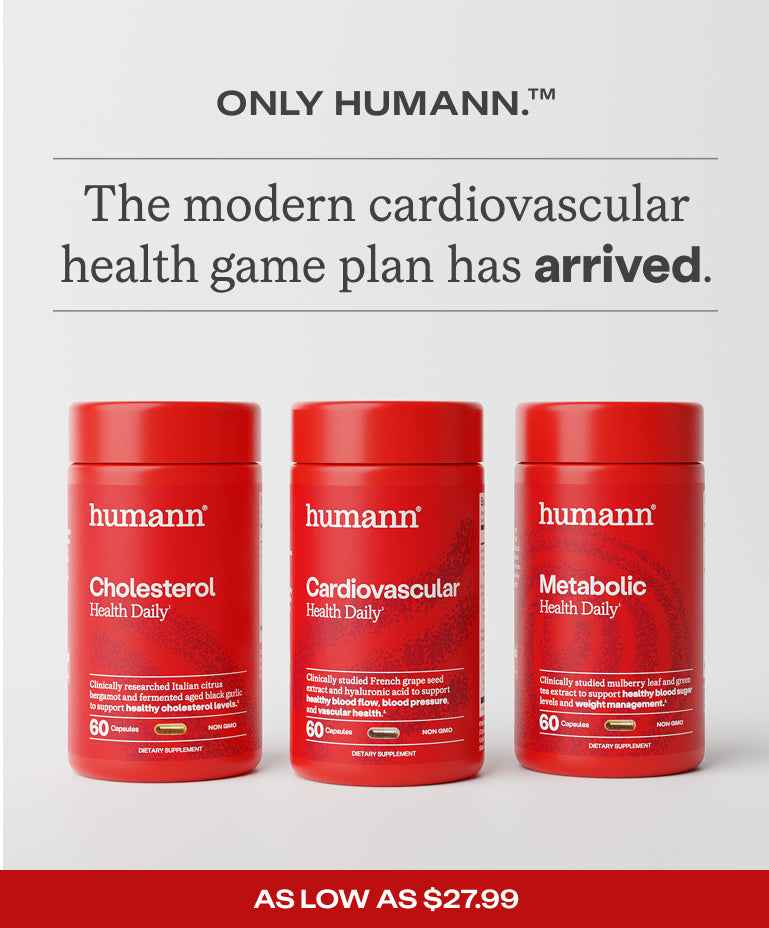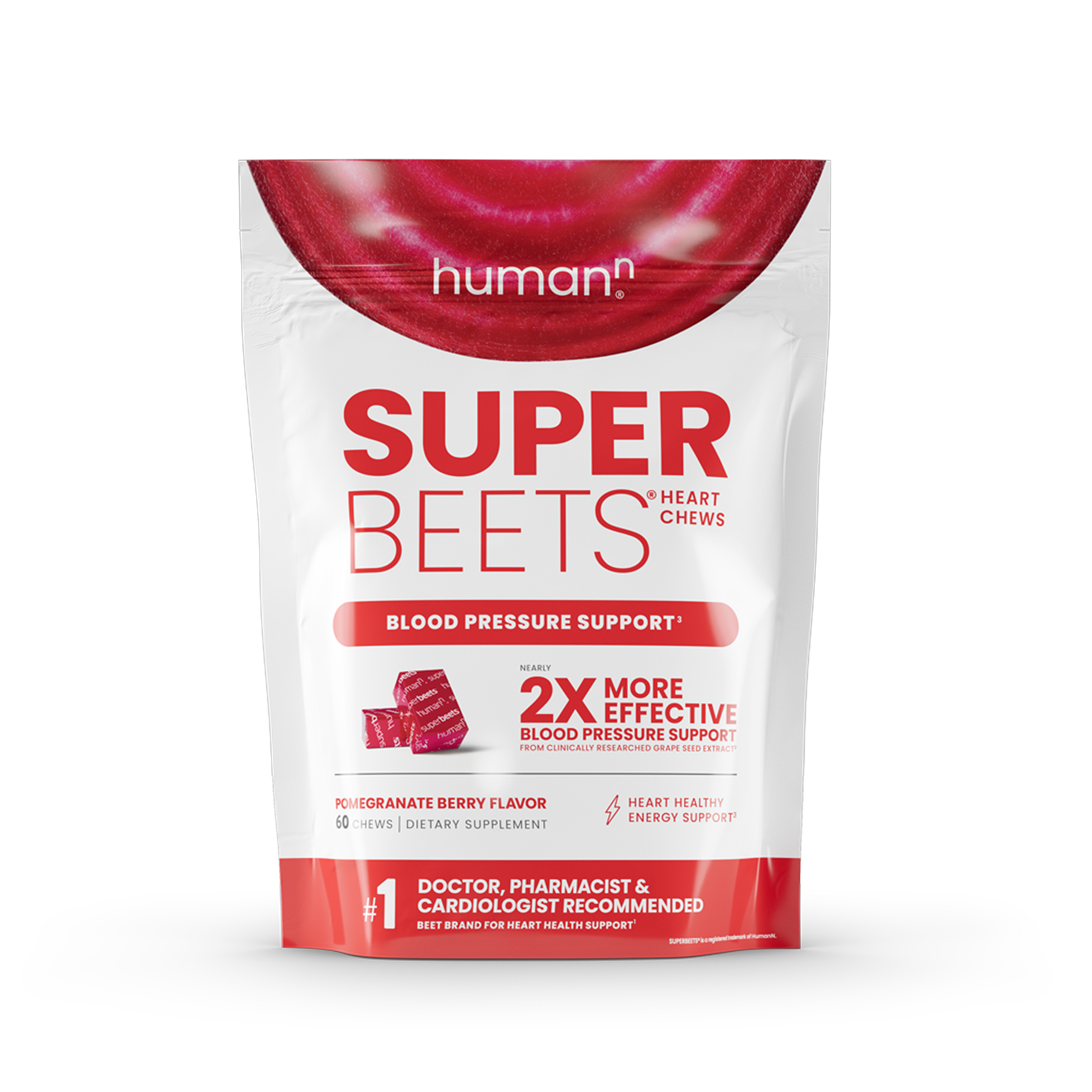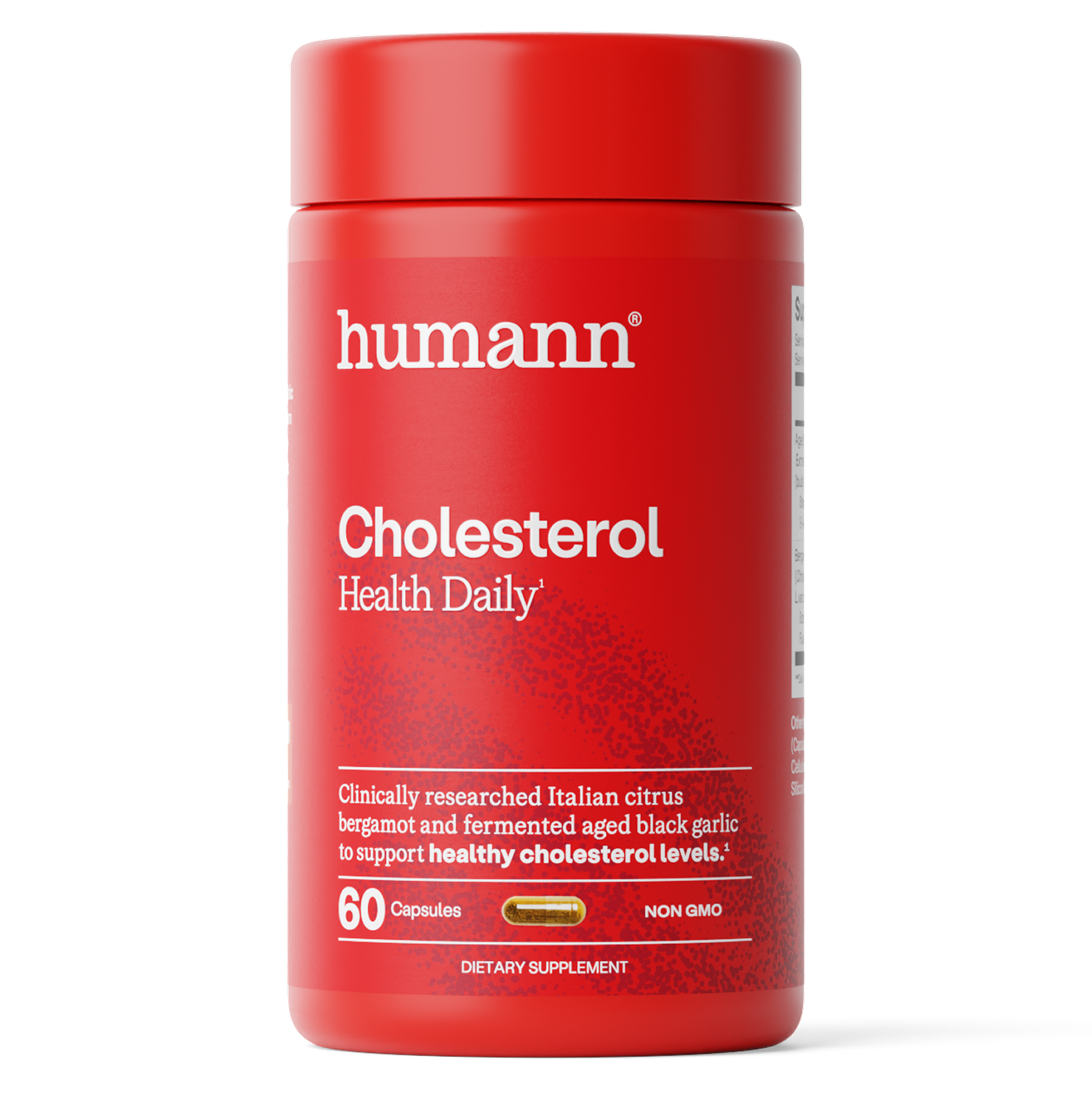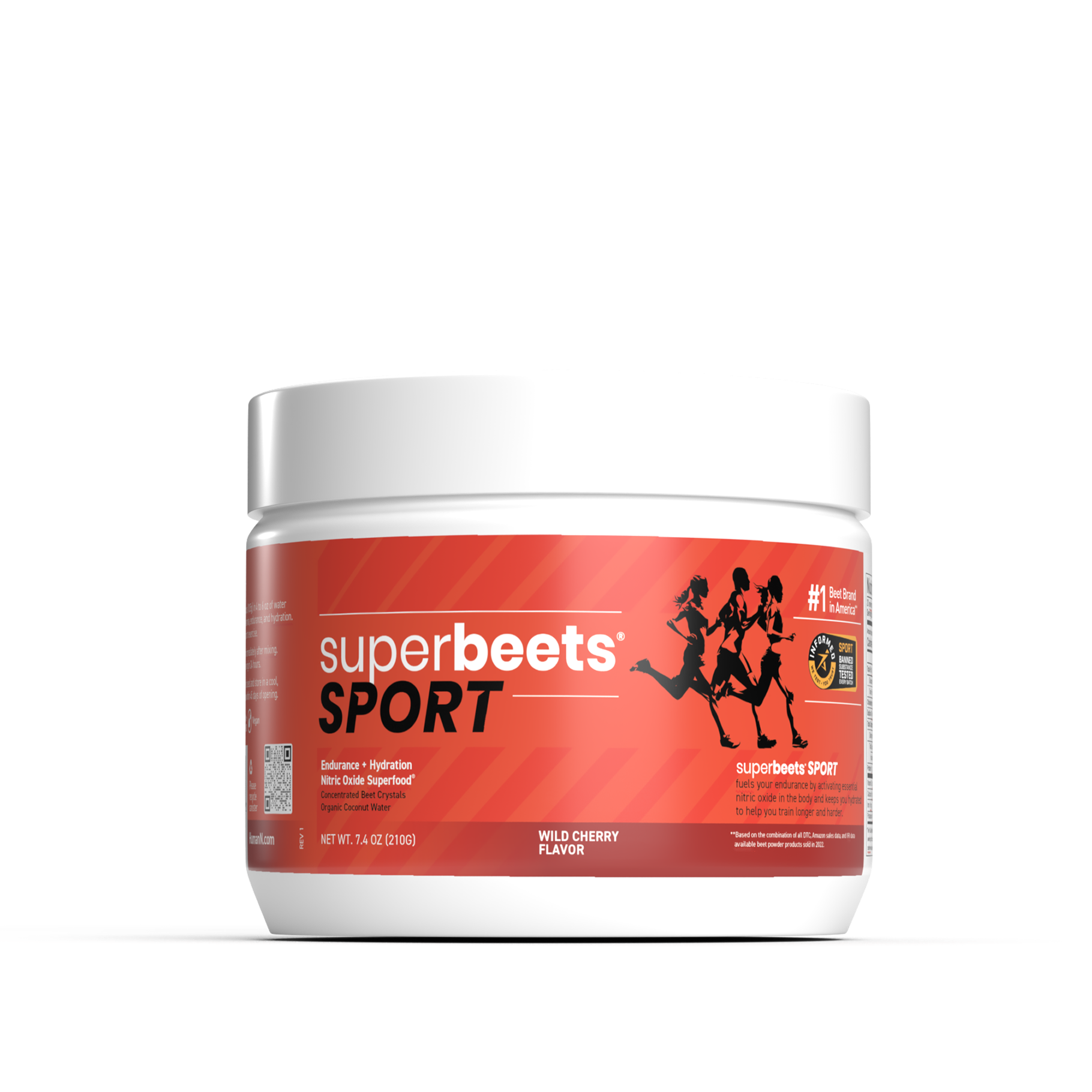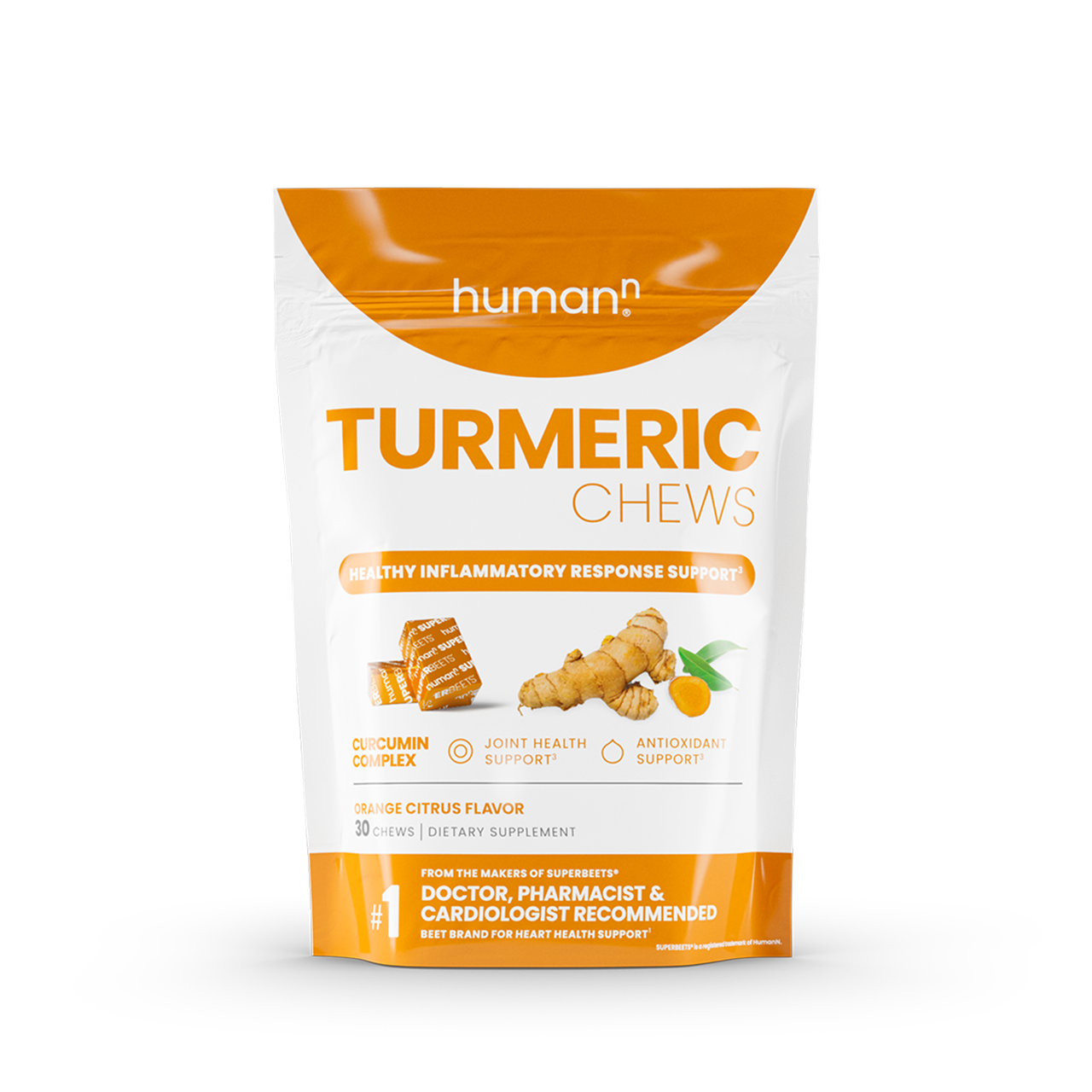The time between World Championships and the start of the next season can be one of the hardest or one of the most fun times of year for athletes. Some people experience mental grief, because of the inevitable slip in fitness, while the decrease in structure can force others into an over-productive spiral of overtraining.
Here’s how I do “offseason”, which allows me to continue developing a strong kinetic chain, maintain run fitness, stay mentally fresh, and most importantly, enjoy myself throughout it all.
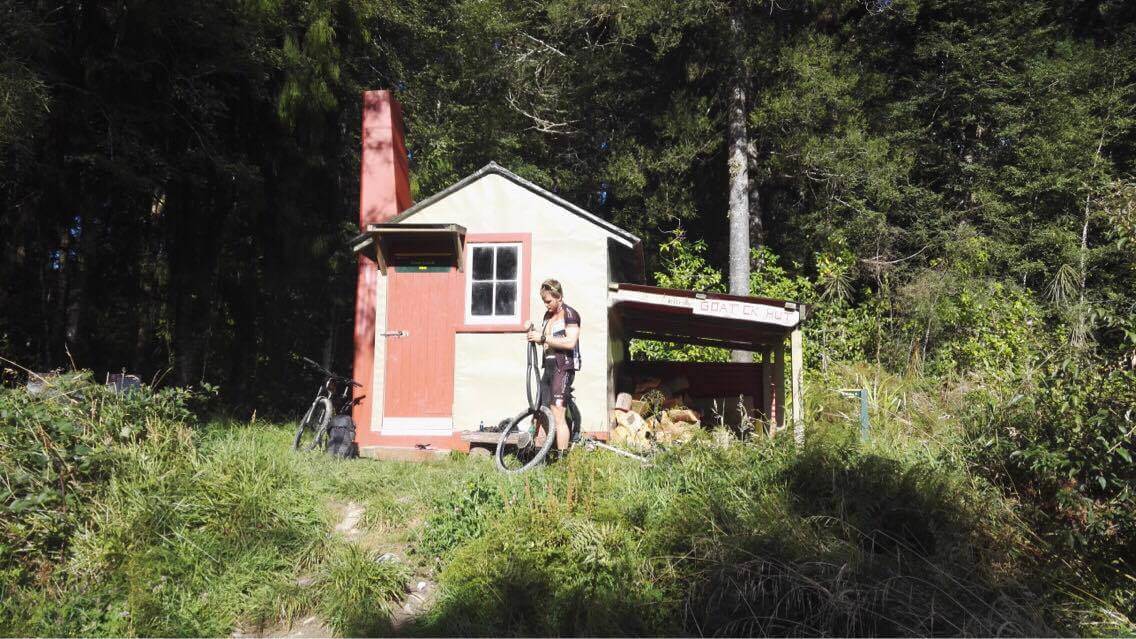
What do you do during the transition?
After your big race, you’ll need a few weeks off. These can be the hardest weeks of the whole year. Usually after 3-4 days of doing nothing, most athletes start to go a little crazy and want to start moving. There’s one word that can help with feeling stir-crazy: BALANCE.
I try to take at least 2 weeks off though 4 is actually preferable. To help transition into down time, after about 2 days, I’ll start going on little walks and hikes and maybe add a few easy bike rides. This gradually progresses over the next month, until I’m back into some decent runs. Nothing is structured here, it’s all based on feel and desire.
If I feel like running, I’ll do that. If I feel like biking, same thing. If I feel like doing nothing… yep! I’ll do nothing.
Kicking off the “off-season”
The next few months are all about building up some base, as I work on a few weaknesses. I love to use the winter as a chance to focus on new sports and have fun with friends. This past winter, I did a lot of cross-country skiing, ski touring, snowshoeing, fat biking, ice climbing, and bouldering -- and I can say, (SuperBeets Sport Pre-Workout) is the best for clean energy fueled fitness adventures while traveling).
With so many fun things to do, none of it feels like work. The natural world is a wonderland of opportunities to play. You’ll want to spend the bulk of your time just staying active and moving, but I like to keep up at least two runs per week. On these runs, I’ll use gradual downhills to work on my leg turn-over, which is a great way to get some easy impact into your legs, and to keep the ligaments strong and ready for the upcoming year.
Whenever I run, I always mix in some agility work, bouncing and jumping all over the place, cross-overs, karaokes, backwards running, high knees, etc. I do this for about 500m, then resume my run.
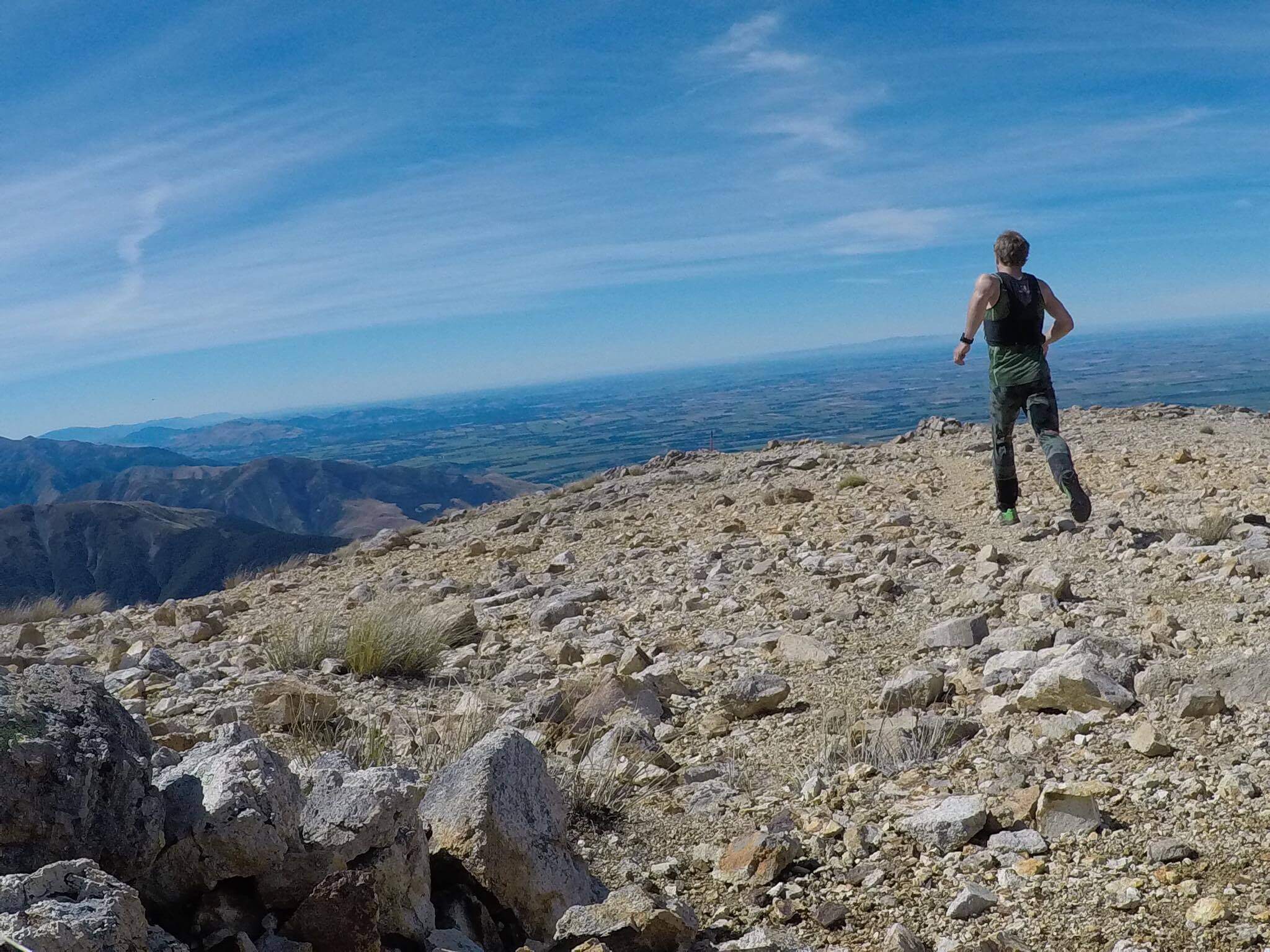
Pro Tip: Try a Bouldering Exercise
This winter I did quite a bit of bouldering, often going 3x per week. I did strength training at the bouldering gym that focused on core, lots of twisting and obliques, and a few specific exercises to complement running, as well as to decrease injuries. I don’t max anything out and only push as hard as I need.
Every time I went bouldering, I would do a strength routine that looked something like this:
- 30 mountain climbers
- 30 twisting mountain climbers
- 1 arm ground, to overhead press, with 50-60 lbs dumbbell
- 90 second plank
- side plank leg raises x15 per side, with 30 sec side plank
- slow, controlled, toe to bar
- 20 push-ups with 15lb dumbbells, into row and twist
- 50 body weight squats
- 5 v-ups
- 5 dragon flags
I did all of this circuit style. I repeat this 3-4 times with complete rest (bouldering) between sets.
Take a trip to a non-race destination!

My wife, Lindsay Webster and I had the chance to go to New Zealand for our honeymoon in February/March. We used this as a twofold opportunity to spend time doing what we love (being outside, running, biking, and exploring) and also getting ready to for the racing season. Every day we would run for 2-5 hours with loads of vertical ascent 1,200 to 2,000m typically. We put a lot of emphasis on moving, having fun, and enjoying ourselves. We often had a pack on (approximately 6-8 kg). We never ran very quickly, often covering only 6 km per hour, but we built up a really solid base of fitness and enjoyed every minute of it! It was really a great approach and different to the typical off-season, where I would be running similar mileage, but much faster.
Pro Tip: Listen to your interests. I think that you need to do what speaks to you in terms of off-season training. Do what you love. The off-season is a great time to rediscover things you might miss out on while doing specific race prep and to re-center and re-focus yourself for all the hard work to come. For some, this involves Crossfit, skiing, or even scuba diving. Just try to find something active that you love doing.
First race down — and I won the “Toughest Mudder”!
We just got back from racing the first ever “Toughest Mudder” and I must say, that it was an amazing event. The TM crew put on a unique and amazing race that really re-kindled my love for racing. The race was dirty, hilly, and well organized. I felt like I did after the Vermont Beast of 2014. Totally wiped out and exhausted, yet exhilarated and stoked! A lot of OCR races have gotten easier and easier over the years and this was an excellent throwback to the challenges that we’ve all come to love from OCR. I raced a steady race, only moving into first place in the last few miles on the race. It was great!

Author
Ryan Atkins, OCR Champion, Mountain Runner, & Outdoorsman
